
Maria Goeppert Mayer was a German-born American theoretical physicist, and Nobel laureate in Physics for proposing the nuclear shell model of the atomic nucleus. She was the second woman to win a Nobel Prize in physics, the first being Marie Curie. In 1986, the Maria Goeppert-Mayer Award for early-career women physicists was established in her honor.
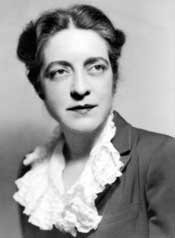
Melba Newell Phillips was an American physicist and a pioneer science educator. One of the first doctoral students of J. Robert Oppenheimer at the University of California, Berkeley, Phillips completed her PhD in 1933, a time when few women could pursue careers in science. In 1935, Oppenheimer and Phillips published their description of the Oppenheimer–Phillips process, an early contribution to nuclear physics that explained the behavior of accelerated nuclei of radioactive hydrogen atoms. Phillips was also known for her refusal to cooperate with a U.S. Senate judiciary subcommittee's investigation on internal security during the McCarthy era which led to her dismissal from her professorship at Brooklyn College, where she was a professor of science from 1938 until 1952.
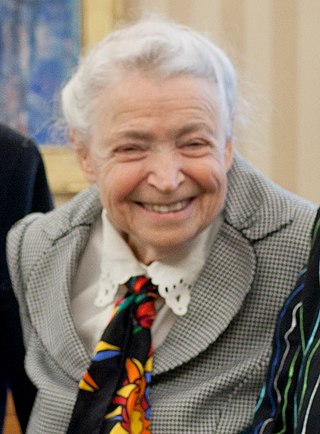
Mildred Dresselhaus, known as the "Queen of Carbon Science", was an American physicist, materials scientist, and nanotechnologist. She was an institute professor and professor of both physics and electrical engineering at the Massachusetts Institute of Technology. She also served as the president of the American Physical Society, the chair of the American Association for the Advancement of Science, as well as the director of science in the US Department of Energy under the Bill Clinton Government. Dresselhaus won numerous awards including the Presidential Medal of Freedom, the National Medal of Science, the Enrico Fermi Award, the Kavli Prize and the Vannevar Bush Award.

Leo Philip Kadanoff was an American physicist. He was a professor of physics at the University of Chicago and a former president of the American Physical Society (APS). He contributed to the fields of statistical physics, chaos theory, and theoretical condensed matter physics.

Mott insulators are a class of materials that are expected to conduct electricity according to conventional band theories, but turn out to be insulators. These insulators fail to be correctly described by band theories of solids due to their strong electron–electron interactions, which are not considered in conventional band theory. A Mott transition is a transition from a metal to an insulator, driven by the strong interactions between electrons. One of the simplest models that can capture Mott transition is the Hubbard model.

Helen Rhoda Arnold Quinn is an Australian-born particle physicist and educator who has made major contributions to both fields. Her contributions to theoretical physics include the Peccei–Quinn theory which implies a corresponding symmetry of nature and contributions to the search for a unified theory for the three types of particle interactions. As Chair of the Board on Science Education of the National Academy of Sciences, Quinn led the effort that produced A Framework for K-12 Science Education: Practices, Crosscutting Concepts, and Core Ideas—the basis for the Next Generation Science Standards adopted by many states. Her honours include the Dirac Medal of the International Center for Theoretical Physics, the Oskar Klein Medal from the Royal Swedish Academy of Sciences, appointment as an Honorary Officer of the Order of Australia, the J. J. Sakurai Prize for Theoretical Particle Physics from the American Physical Society, the Karl Taylor Compton Medal for Leadership in Physics from the American Institute of Physics, the 2018 Benjamin Franklin Medal in Physics from the Franklin Institute, and the 2023 Harvey Prize from Technion -- Israel Institute of Technology.
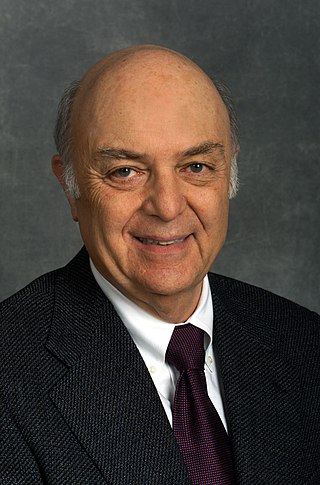
Marvin Lou Cohen is an American–Canadian theoretical physicist. He is a physics professor at the University of California, Berkeley. Cohen is a leading expert in the field of condensed matter physics. He is widely known for his seminal work on the electronic structure of solids.

Volker Heine FRS is a New Zealand / British physicist. He is married to Daphne and they have three children. Volker Heine is considered a pioneer of theoretical and computational studies of the electronic structure of solids and liquids and the determination of physical properties derived from it.
Noemie Benczer Koller is a nuclear physicist. She was the first tenured female professor of Rutgers College.
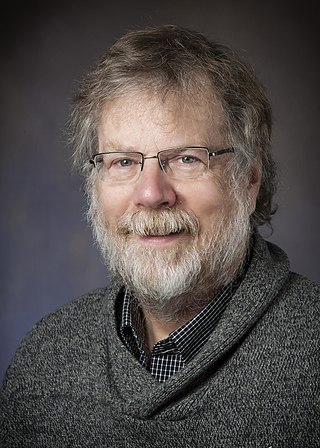
David Matthew Ceperley is a theoretical physicist in the physics department at the University of Illinois Urbana-Champaign or UIUC. He is a world expert in the area of Quantum Monte Carlo computations, a method of calculation that is generally recognised to provide accurate quantitative results for many-body problems described by quantum mechanics.
Naomi Shauna Ginsberg is a Canadian electrical engineer, physicist, and scientist. She is currently an associate professor of chemistry at the University of California, Berkeley.

Monica Olvera de la Cruz is a Mexican born, American and French soft-matter theorist who is the Lawyer Taylor Professor of Materials Science and Engineering and Professor of Chemistry, and by courtesy Professor of Physics and Astronomy and of Chemical and Biological Engineering, at Northwestern University.

Margaret Galland Kivelson is an American space physicist, planetary scientist, and distinguished professor emerita of space physics at the University of California, Los Angeles. From 2010 to the present, concurrent with her appointment at UCLA, Kivelson has been a research scientist and scholar at the University of Michigan. Her primary research interests include the magnetospheres of Earth, Jupiter, and Saturn.
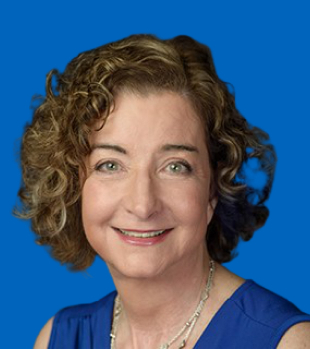
Laura H. Greene is the Marie Krafft Professor of Physics at Florida State University and chief scientist at the National High Magnetic Field Laboratory. She was previously a professor of physics at the University of Illinois at Urbana-Champaign. In September 2021, she was appointed to the President's Council of Advisors on Science and Technology (PCAST).
Nadya Mason is the dean of the Pritzker School of Molecular Engineering at the University of Chicago, since October 2023. Prior to joining the University of Chicago, she was the Rosalyn Sussman Yalow Professor of Physics at the University of Illinois at Urbana-Champaign. As a condensed matter experimentalist, she works on the quantum limits of low-dimensional systems. Mason was the Director of the Illinois Materials Research Science and Engineering Center (I-MRSEC) and, from September 2022 through September 2023, the Director of the Beckman Institute for Advanced Science and Technology. She was the first woman and woman of color to work as the director at the institute. In 2021, she was elected to the National Academy of Sciences.
Philip W. Phillips is a theoretical condensed matter physicist at the University of Illinois at Urbana–Champaign. He has contributed to the studies of various topics in modern physics including high temperature superconductivity and gauge–gravity duality.
Kate Page Kirby is an American physicist. From February 2015 to December 2020, Kirby was the chief executive officer of the American Physical Society (APS) and sits on the board of directors of the American Institute of Physics. Kate Kirby was elected a fellow of the American Physical Society (APS) in 1989 for her "innovative application of methods of quantum chemistry to the quantitative elucidation of a diverse range of molecular phenomena." She was made a fellow of the American Association for the Advancement of Science (AAAS) in 1996 for her contributions to physics.
Laura B. Eisenstein (1942–1985) was a professor in the physics department at the University of Illinois until her early death. Eisenstein was known for her contributions to the understanding of light-energy transduction mechanisms in biological molecules and their higher order assemblies. She was an experimentalist and spectroscopist who was particularly well known for her contributions applying the techniques of x-ray absorption spectroscopy and time-resolved resonance Raman spectroscopy to the study of biomolecules. These studies indicated that phenomena such as quantum-mechanical tunnelling can be successfully investigated even in soft-matter systems like proteins.

Raissa M. D'Souza is the Associate Dean of Research for the College of Engineering and a Professor of Computer Science and Mechanical Engineering at the University of California, Davis as well as an External Professor and member of the Science Board at the Santa Fe Institute. She was elected a Fellow of the American Physical Society in 2016 and Fellow of the Network Science Society in 2019. D'Souza works on theory and complex systems.
Eun-Ah Kim is a Korean-American condensed matter physicist interested in high-temperature superconductivity, topological order, strange metals, and the use of neural network based machine learning to recognize patterns in these systems. She is a professor of physics at Cornell University.













